Rising Healthcare Expenditure
The increase in healthcare expenditure across the GCC countries is positively impacting the non alcoholic-steatohepatitis-biomarkers market. Governments are investing more in healthcare infrastructure, which includes funding for advanced diagnostic technologies and research into liver diseases. This financial commitment is likely to enhance the availability of non alcoholic-steatohepatitis biomarkers, making them more accessible to healthcare providers and patients. According to recent data, healthcare spending in the GCC is projected to grow at a CAGR of approximately 7% over the next few years. Such growth indicates a favorable environment for the development and adoption of innovative biomarkers in the non alcoholic-steatohepatitis-biomarkers market.
Emerging Research and Development
The ongoing research and development efforts in the field of liver diseases are significantly influencing the non alcoholic-steatohepatitis-biomarkers market. Academic institutions and private companies in the GCC are increasingly focusing on identifying novel biomarkers that can aid in the early diagnosis and monitoring of non alcoholic steatohepatitis. This research is often supported by collaborations between universities and healthcare organizations, which may lead to breakthroughs in biomarker discovery. As new biomarkers are validated and introduced into clinical practice, the market is expected to witness substantial growth. The potential for innovative solutions in the non alcoholic-steatohepatitis-biomarkers market appears promising, given the current trajectory of research initiatives.
Increasing Awareness of Liver Health
The growing awareness regarding liver health among the population in the GCC is driving the non alcoholic-steatohepatitis-biomarkers market. Public health campaigns and educational initiatives are emphasizing the importance of liver function and the risks associated with non alcoholic fatty liver disease (NAFLD). This heightened awareness is likely to lead to increased screening and diagnostic testing, thereby boosting demand for biomarkers. As individuals become more informed about the implications of liver diseases, the market for non alcoholic-steatohepatitis biomarkers is expected to expand. Furthermore, the GCC region has seen a rise in lifestyle-related health issues, which may further contribute to the urgency for effective diagnostic tools in the non alcoholic-steatohepatitis-biomarkers market.
Technological Integration in Diagnostics
The integration of advanced technologies in diagnostic processes is transforming the non alcoholic-steatohepatitis-biomarkers market. Innovations such as artificial intelligence and machine learning are being utilized to enhance the accuracy and efficiency of biomarker analysis. These technologies can potentially streamline the diagnostic workflow, reduce costs, and improve patient outcomes. In the GCC, healthcare facilities are increasingly adopting these technological advancements, which may lead to a more robust market for non alcoholic-steatohepatitis biomarkers. The ability to analyze large datasets and identify patterns in liver disease progression could significantly impact the future of diagnostics in this field.
Growing Incidence of Obesity and Diabetes
The rising incidence of obesity and diabetes in the GCC region is a critical driver for the non alcoholic-steatohepatitis-biomarkers market. These conditions are closely linked to the development of non alcoholic fatty liver disease, which can progress to non alcoholic steatohepatitis. As the prevalence of these metabolic disorders continues to increase, the demand for effective diagnostic tools, including biomarkers, is likely to rise. Recent statistics indicate that obesity rates in the GCC have reached alarming levels, with some countries reporting over 30% of the adult population classified as obese. This trend underscores the urgent need for reliable biomarkers in the non alcoholic-steatohepatitis-biomarkers market.


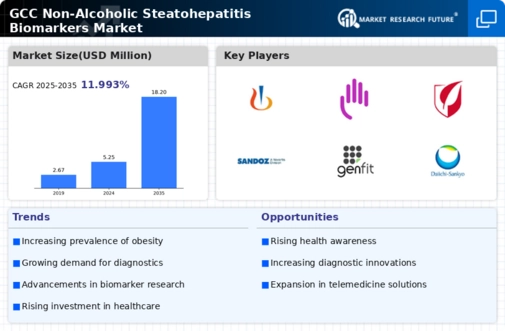
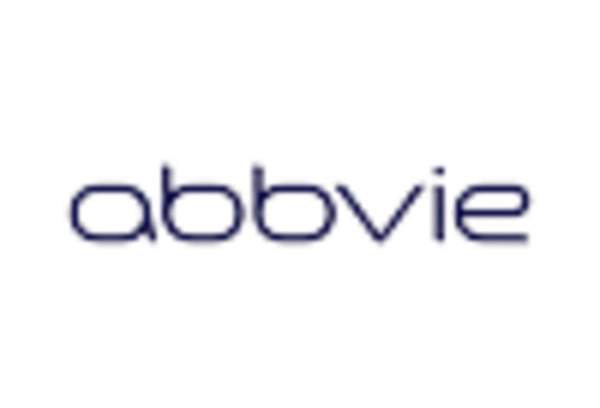
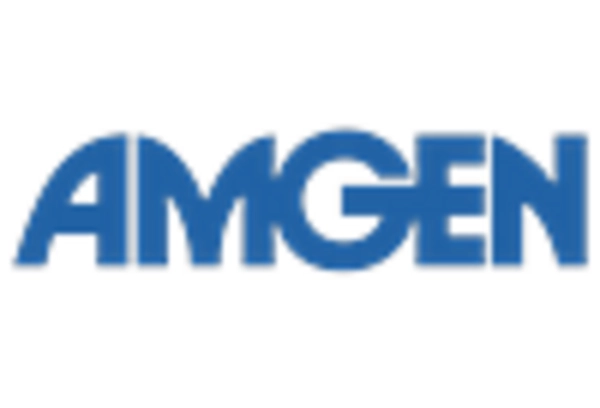
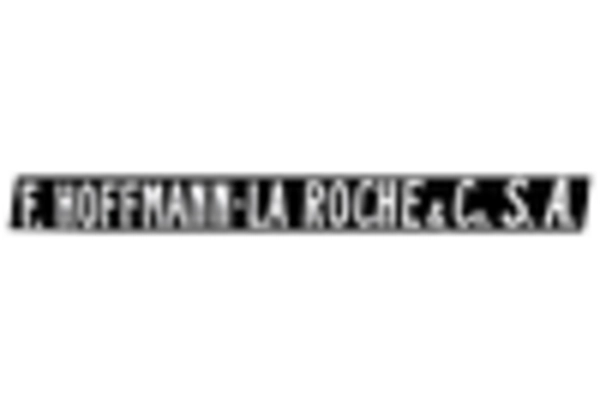
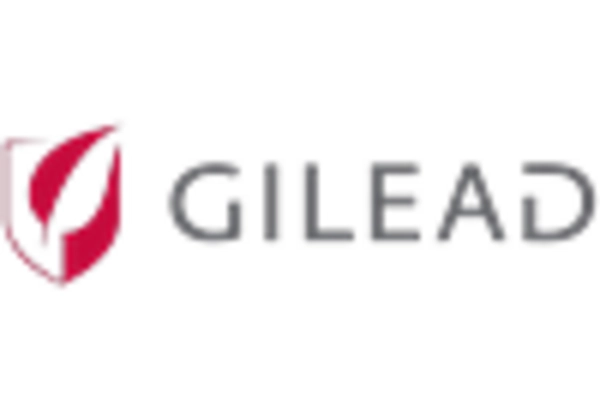
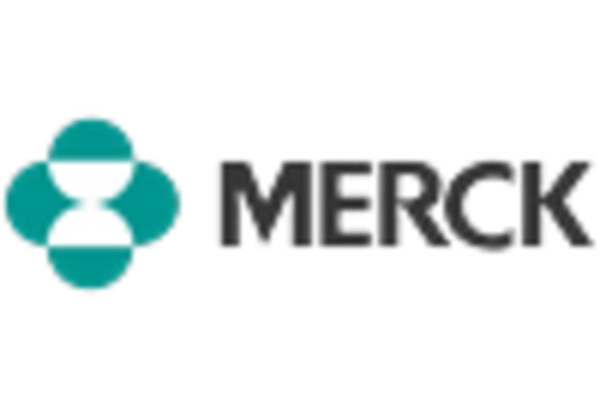
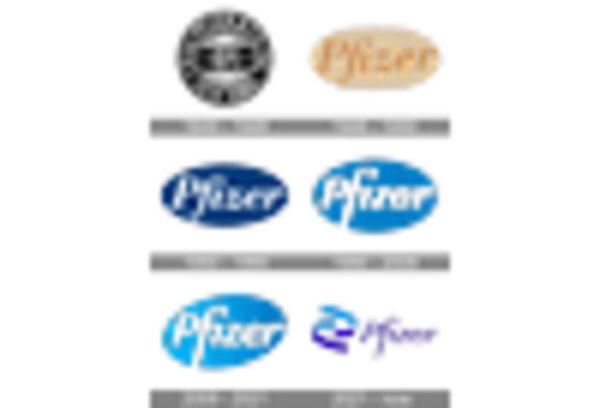








Leave a Comment